Our Best Tips and Tricks to Make Fresh Food Last Longer
Has this ever happened to you? You open the refrigerator to pull out salad greens to get dinner on the table, only to reach in and discover a wilted, slimy mess.
That romaine, iceberg, or bag of pre-washed salad mix can’t be more than a week old but there it is—and into the garbage, it goes. And don’t we hate when that happens!
Here’s the deal
There are ways to make salad greens last at least long enough to be consumed. But to be truly useful, whatever we have to do to make it happen needs to be practical—that means quick, easy, and reliable.
That’s why an experiment caught my eye and sent me running for a plastic food storage bin with a tight-fitting lid.
Here’s the story
Christine Gallary, TheKitchn editor-at-large, was determined to put an end to the mystery and myriad tips out there for storing salad greens by taking the three most popular methods and putting them to the test. The goal was to discover once and for all if the way we store fresh greens matters in the long run. She used a large bag of pre-washed mesclun for the test.
Method 1
Paper towel, plastic bag, no air
Lay washed greens on a paper towel, roll it up and place it inside a plastic bag, pressing out as much air as possible. Seal the bag and store it in the refrigerator crisper drawer.
Method 2
Paper towels, plastic container
Line a plastic food-storage container with paper towels, dump the greens on top of the towel, cover with another paper towel then apply a tight-fitting lid. Store the box in the refrigerator.
Method 3
Paper towel, plastic bag, yes air
Follow the same steps as Method 1, except instead of pressing out the air before sealing, blow a big puff of air into the bag to inflate it then quickly seal the bag. The idea here is that blowing into the bag introduces carbon dioxide, which supposedly helps to extend the greens’ useful life.
The Outcome
Here’s what happened: After five days, Christine checked all three containers and was surprised to find very similar results. The greens in each one of the containers were still crisp, lovely, and totally edible.
After seven days, the salad greens in both of the plastic bags were beginning to show signs of wilt and some were even breaking down to the point of being inedible. But a quick pick-through would render plenty of fully-edible, lovely greens.
Ten days was the point at which things showed considerable differences between the storage methods. The greens stored in plastic bags were breaking down, getting slimy with much of the greens now inedible, due mostly to the buildup of condensation and tight quarters for the produce, despite the presence of paper towels. But the rigid plastic storage container? The greens were still crisp, save for a few pieces that would need to be tossed out—but mostly still lovely and totally edible.
What made the difference
What made the difference? The greens in the storage container were loose and never packed tightly even from day one. The rigidity of the storage container protected the greens from being crushed or overly disturbed. The loose paper towels took care of the condensation.
What I like most about all of this is that I didn’t have to conduct the experiment! For years, I’ve enjoyed TheKitchn for all I’ve learned, now I love it even more.
For me, having a plastic storage container designated for salad greens in my refrigerator makes so much sense. I can see inside without opening it to know what I have and how much is left. When I need lettuce or greens it’s so easy to pop the lid, reach in, get what I need, replace the paper towel and lid, and be done with it.
10-day window
Most of all, I am more confident now knowing that generally, I have ten days to use up what’s in my salad bin. Mine is this Sterilite food storage bin with a tight-fitting lid, although any kind of plastic storage container with a lid would work.
I can keep romaine, iceberg, or other types of greens that have or haven’t been pre-washed in this bin, making sure to replace the paper towel on top each time I pull something out. It’s easy and super convenient. I like this so much better than having to fuss with bags.
Salad greens are not the only kinds of fresh food that tend to go bad before they can be fully consumed. Check out these tips and tricks to extend the life of other food items:
Cottage cheese
Any size container of cottage cheese, once it’s been opened, will last twice as long if you simply replace the lid then store it upside down in the refrigerator. This creates a vacuum that pushes out some of the oxygen to create a seal. Works for sour cream, too.
Milk
Once you open that container of milk, drop in a pinch of salt then shake it up to mix well. This will not affect the taste at all but will extend the time before the milk begins to sour because salt is a bacteria inhibitor.
Cheese
Once opened and cut, wrap tightly in plastic wrap before returning to the refrigerator. Another tip: As far as possible, never touch the cheese! Always have a piece of plastic between your fingers and the cheese. You’ll see far less green mold.
Bananas
Wrap the crown (where they’re all attached) of a bunch of bananas with plastic wrap. They’ll keep for 3-5 days longer than usual—especially helpful if you eat organic bananas, which tend to ripen much more quickly.
Berries
Take berries (any kind) out of the plastic container they came in and line the container with a paper towel. Prepare a mixture of one part vinegar (white or apple cider) and ten parts water. Swirl the berries around in the mixture, rinse in a colander and drain. Place berries back in the paper towel-lined container and store in the refrigerator. Most berries including raspberries will last a week or more, and strawberries will go at least two weeks without getting moldy, soft and ugly.
Celery, broccoli
Wrap celery (single rib or the entire stalk) or broccoli in aluminum foil before storing it in the refrigerator. It will remain crisp for four weeks or longer.
QUESTION: Do you have tips you rely on to make extend the useful life of fresh food? Please tell us! With the cost of food going up faster than a helium balloon in the hands of a toddler, we need to know! Share in the comments below.
Everyday Cheapskate participates in the Amazon Services LLC Associates Program, an affiliate advertising program designed to provide a means for us to earn from qualifying purchases, at no cost to you.

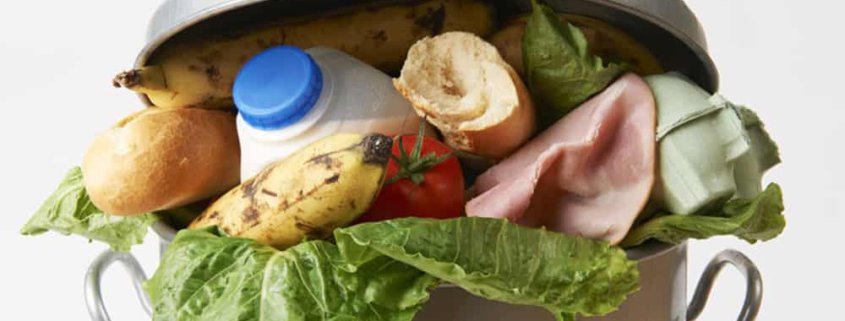
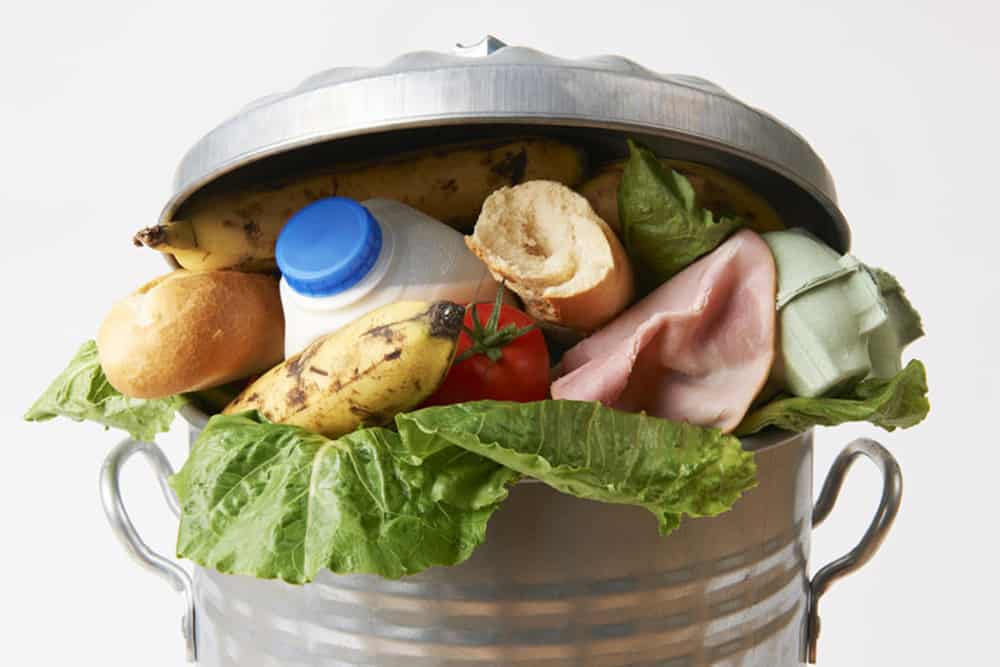
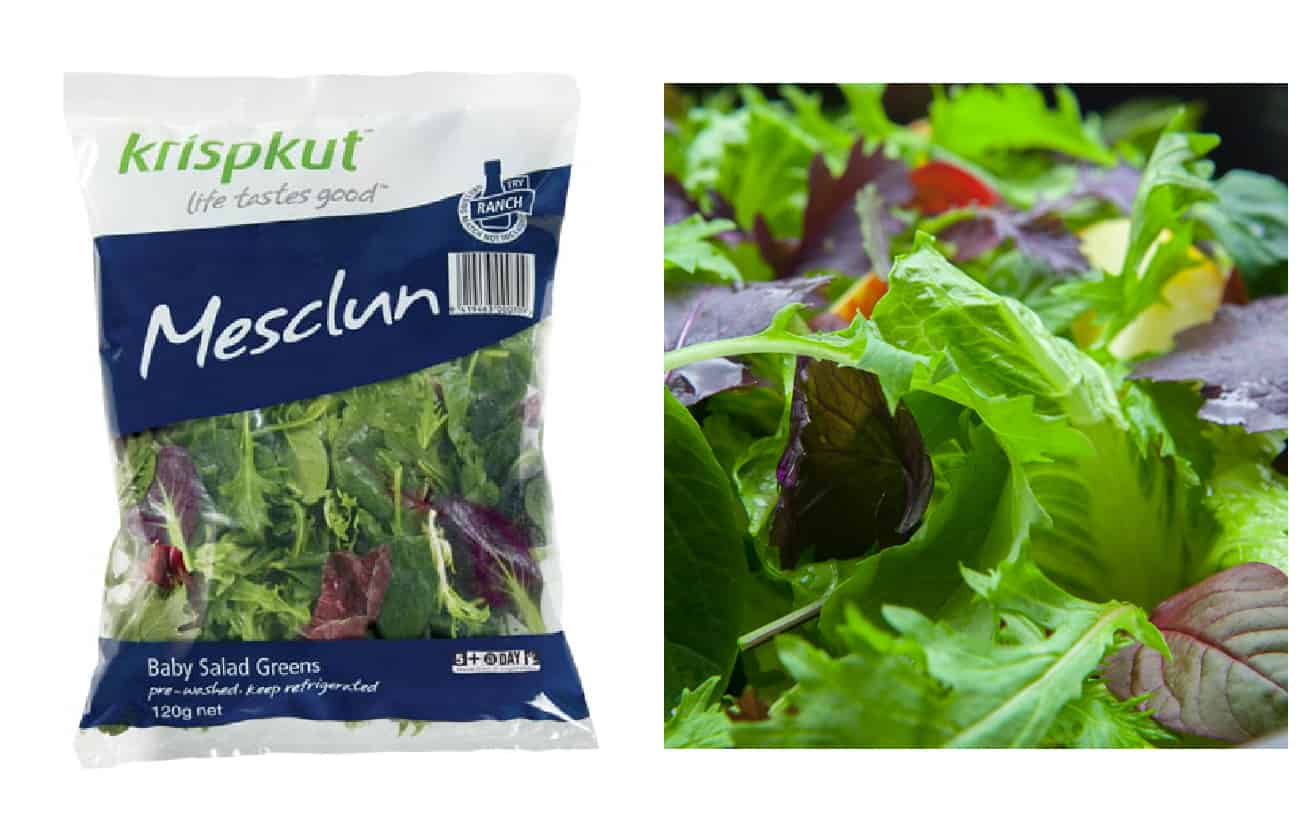

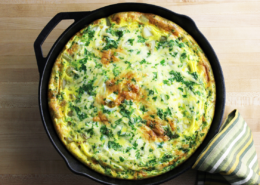


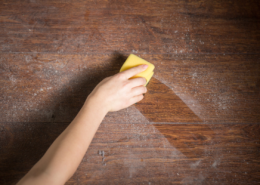







I don’t rinse berries until I’m ready to use them, but I put them in a lidded glass jar & they stay fresh much longer.
Thanks for the tips! What does everybody do about mushrooms?
We love a certain cheddar cheese only available at Trader Joes. Sometimes it get a bit moldy before we even open it. I recently discovered that if I wrap it in paper toweling soaked in plain white vinegar, it takes SO much longer for it to mold. And if it does , that same vinegar towel will wipe the mold right off!
I hate wasting food, and it always seems that our produce goes bad before we can eat it all. This really bothers me, but eating at home costs a lot less than eating out so I constantly remind myself that even though we might be wasting food, we’re still saving money. (And I compost everything that goes bad so it’s not totally wasted.)
Your tip on rising berries in vinegar water works for lettuce as well!
I always dunk fresh strawberries in a bowl of water that I’ve put a drop of Blue Dawn in too. Rinse and store in the plastic boxes they came in. The Blue Dawn kills the bacteria around the stem.
I have a couple of Aerogardens and grow my own lettuces during the year. When I harvest I place a dampened paper towel in the bottom of a jar and then pack the unwashed lettuce on top of that, place a second folded damp paper towel on top and put on the lid. My lettuce stays fresh and edible for 10-14 days.
Some of these I do already but I will definitely try the others. It feels almost shameful to throw away food because I didn’t make good use of it. Thanks Mary!
I find that wrapping cut vegetables (onions, peppers, celery), and all types of cheese in aluminum foil keeps them fresh and mold free! Aluminum foil is a natural bacteria inhibitor.
Where does BluApple come in?
Love these tips! Thanks.